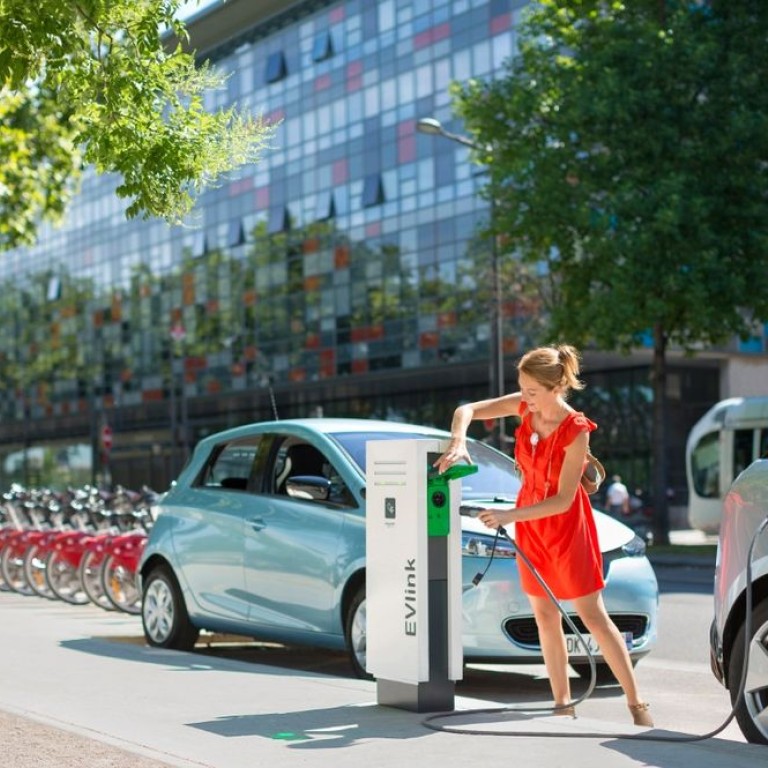
Schneider Electric's EV charging solutions provide convenience for electric vehicle owners
With one of the world’s highest penetration of electric vehicles (EVs) among new private car purchases and government friendly policies designed to encourage the adoption of plug-in cars, Hong Kong is taking baby steps towards reducing vehicle tailpipe emissions, a major contributor to the harmful effects of global warming.
With one of the world’s highest penetration of electric vehicles (EVs) among new private car purchases and government friendly policies designed to encourage the adoption of plug-in cars, Hong Kong is taking baby steps towards reducing vehicle tailpipe emissions, a major contributor to the harmful effects of global warming.
As electric car technology is pushed ever further, electric vehicle chargers, which are also known as Electric Vehicle Service Equipment or EVSEs installed in or near the home offer an additional level of convenience while reducing concerns about range anxiety or the fear of running out of power. That’s why Schneider Electric has provided customers with scalable solution from public parking to car owners. Despite the fact that home installed electric vehicle chargers can allow plug-in vehicle owners to recharge the batteries in their EVs in a quick, easy and convenient way, public EV chargers will remain the main stream, says Travis Kan, Schneider Electric Hong Kong’s director of Marketing and Business Development.
Kan says some of the advantages of having a dedicated EV charger installed in or close to the home includes eliminating the need to queue up and wait for public charging facilities. However, Kan foresees that the popularity of public EV chargers with common payment system such as Octopus will go much faster than the private ones because of the higher cost born by the private users, power supply capacity issue due to building designs, and the need to obtain consent from the incorporated owners or/and the property management company. So to build more public EV chargers will be the quickest solution to encourage more people to drive EVs.
But just like the cars they recharge, not all home EV chargers are created equal. Important features to consider when buying an EV charger advised by Kan include charging power which is measured in amps. “In general, the recommended amperage rating for medium speed charging is a 1 phase 32 amp device,’’ notes Kan. Consumers should also look for an International Electrotechnical Commission IEC61851 certification, which ensures safety and performance requirements. Designed and manufactured in France, Schneider Electric's EV chargers are equipped with a full power range of 16Amp, 32Amp single phase, 32Amp three phase, and 50kW fast-charge capability. The LCIE (Laboratoire Central des Industries Electriques) and acceptance of product safety test results CB scheme EV charger as a built in Surge Arrester for lightning surge protection and a Radio-frequency identification (RFID)/key to enable charging cable locking. “Schneider Electric's EV chargers are fully compatible with all the EVs on the road today,’’ says Kan who adds that Schneider Electric is the global partner with BMW and Renault for their EV chargers. Kan says the typical time to fully charge the battery in a BMW i3 or Nissan Leaf using a single phase 32 amp Schneider Electric charger, BMW i3 or Nissan Leaf is less than three hours, which would take about around eight hours using a 16A charger.
For a Tesla EV with battery size between 60kWh to 85kWh, when using (single phase 32A) Schneider Electric charger, the full charge time takes between eight to 11 hours. ‘’If you are using a 16A charger, you may not be able to fully charge the Tesla EV battery, even if you leave it on charge overnight,’’ advises Kan.
